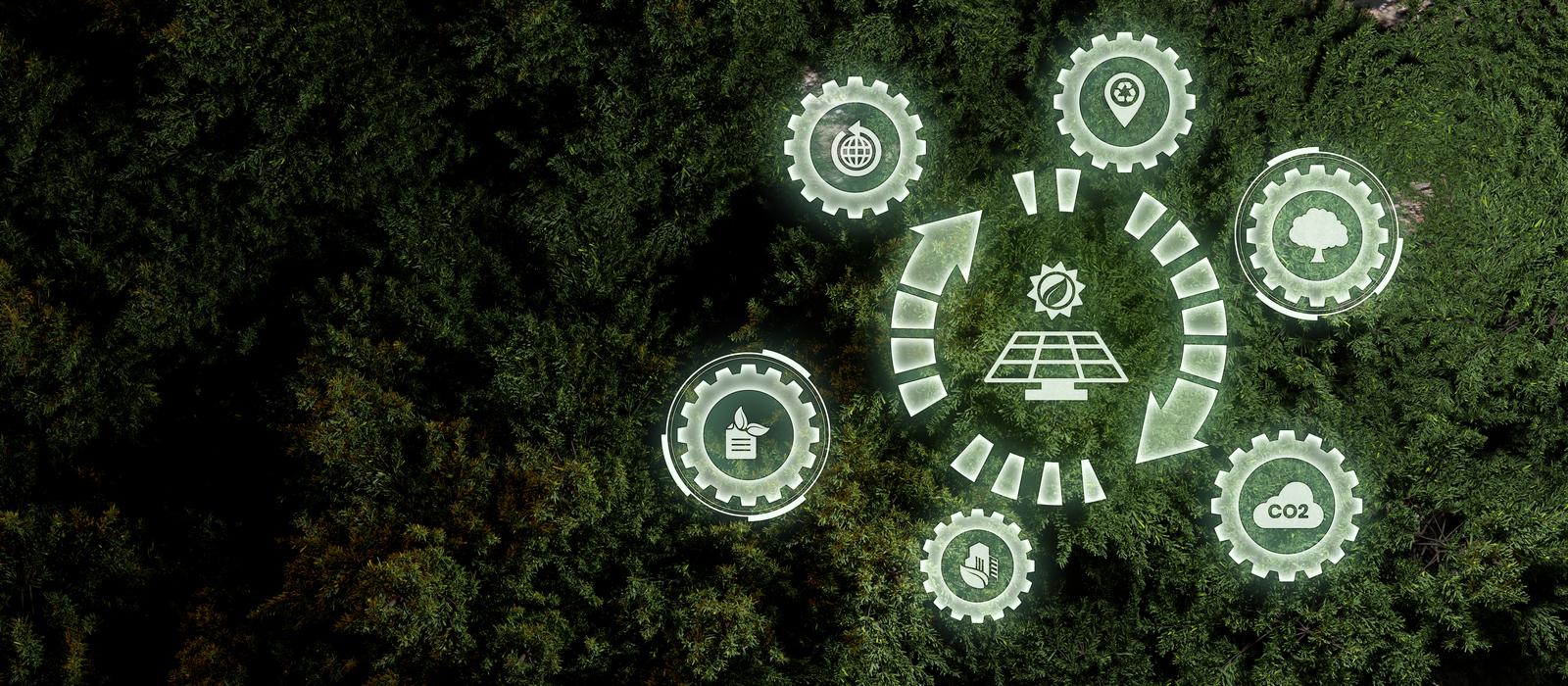Sustainability still in demand in eCommerce and beyond
Written by
Kinga EdwardsPublished on

German consumers now expect companies to act sustainably. The issue is just as important or even more important to them than it was a year ago. The E-Commerce Berlin Expo (EBE) and GFM News therefore took a closer look at where consumers now set their priorities and how SAP can help achieve sustainability goals.
According to the Global Sustainability Study 2022 by global strategy consultants Simon Kucher & Partners, German consumers place a high value on sustainability primarily because they feel a sense of responsibility (65 percent), fear environmental damage (49 percent) and/or want to feel they have done a good deed after making a purchase (49 percent). However, high prices (30 percent) are just as much of a deterrent as potential “greenwashing” (around a quarter of respondents) and a lack of ability to assess whether a product is really sustainable (19 percent). Companies must therefore significantly improve their communication and transparency with regard to the respective processes.
Consumers are quite prepared to invest a lot in sustainability. One third each would spend more on consumer goods and house/flat construction if they received sustainable goods and services in return. In doing so, they would accept a price increase of 17 percent. Fewer people (28 percent) are so generous in tourism and leisure activities, but the pain threshold here is also a 20 percent surcharge.
Inflation has little influence
Even such acute problems as rampant inflation or general buying restraint can hardly slow down demand for sustainability. In a recent study by DHBW Heilbronn on the attitude-behavior gap in food retailing, 42.9 percent of respondents said that sustainability influences their eating and buying behavior at least to some extent. More than half (50.89 percent) would also forgo wealth in favor of sustainability. This is particularly remarkable given that the current survey took place in October and yet there was only a slight decrease (-0.3 or -1.7 percentage points) compared to the previous year. More people are now even willing to switch shopping locations for sustainable items (2022: 41.6 percent / 2021: 40 percent).
Despite the high demand, however, there is unfortunately still no universally applicable rule of thumb for how to act sustainably as a company, as sustainability per se is an extremely multi-layered and complex concept. Put simply, it takes place on three levels: ecological, economic and social sustainability. Only if a company places these three pillars at the center of its business activities is it possible to implement a comprehensive sustainability strategy.
“SAP supports its customers with an extensive product portfolio of solutions that enable them to operate more sustainably in each of these three levels (the so-called Cloud for Sustainable Enterprises),” says Julia Knutti, sales manager for SAP Commerce in Central and Eastern Europe (MEE). “Respective industry footprints effectively help companies on their way to successfully implement their sustainability strategies.”
“In addition, SAP is also leading by example when it comes to sustainability: since 2014, SAP has already been operating all data centers and facilities worldwide with 100 percent renewable electricity,” Knutti adds. “In addition, we have pulled forward our sustainability goals to be CO2 neutral by 2023. Eventually, we will be completely carbon neutral by 2030. So, as a sustainable supplier, we support our customers to procure their cloud solutions carbon neutral.”
Eight-time leader
The market researchers at Gartner have once again recognized just how good SAP solutions are overall. In the “Magic Quadrant for Digital Commerce,” SAP has now been ranked as a Leader for the eighth time. “In our view, this is further confirmation that SAP is delivering tangible value to its customers around the world,” said Sameer Patel, chief marketing and solutions officer, SAP Customer Experience. “The powerful out-of-the-box capabilities and integrations help our customers achieve their revenue and profitability goals in digital commerce – whether it’s rapidly adopting new business and revenue models, continuously optimizing tactics to improve the customer experience based on data and analytics, or scaling quickly to be first to new geographies or markets.”


